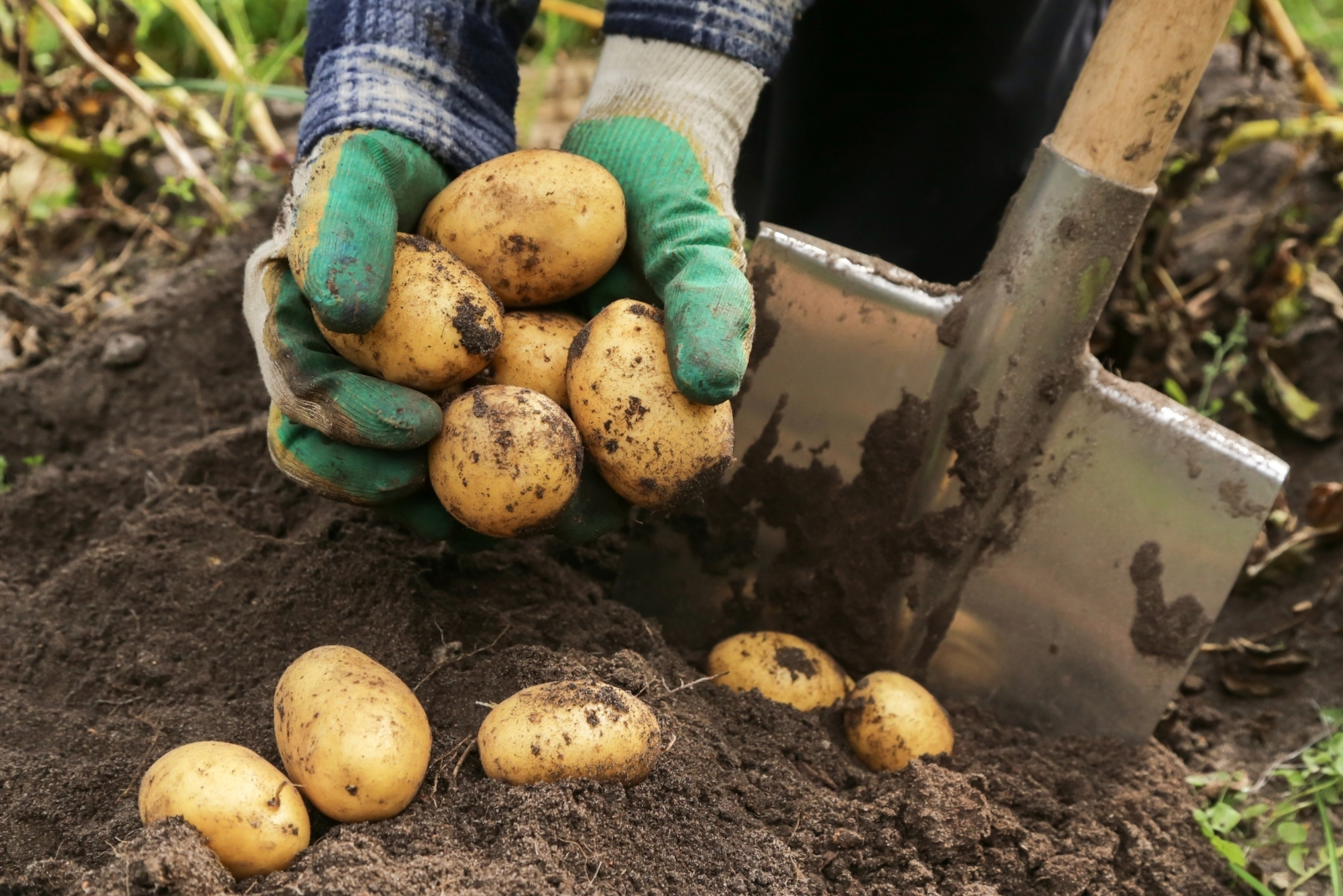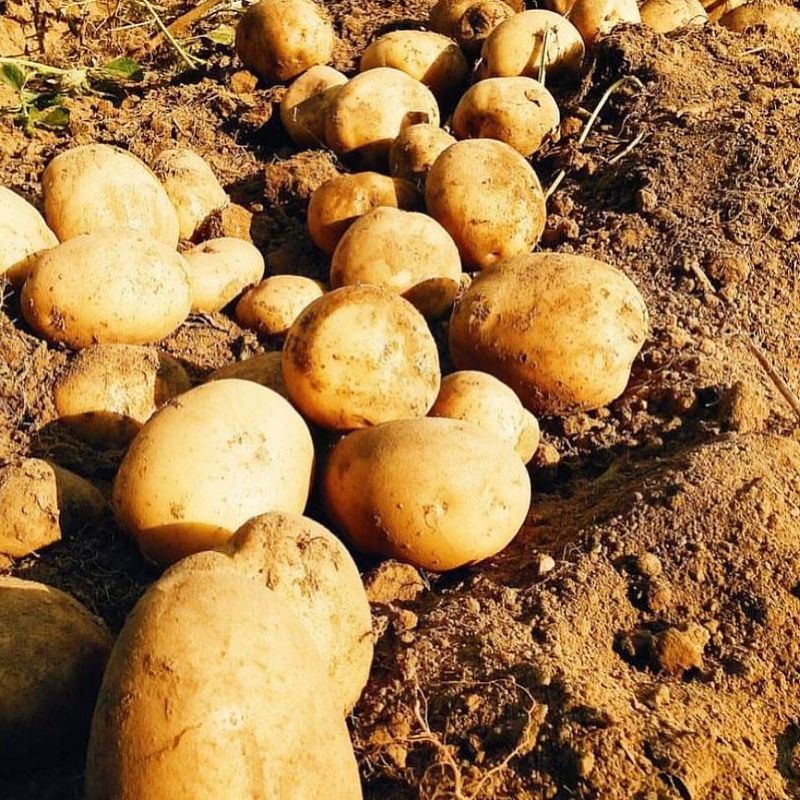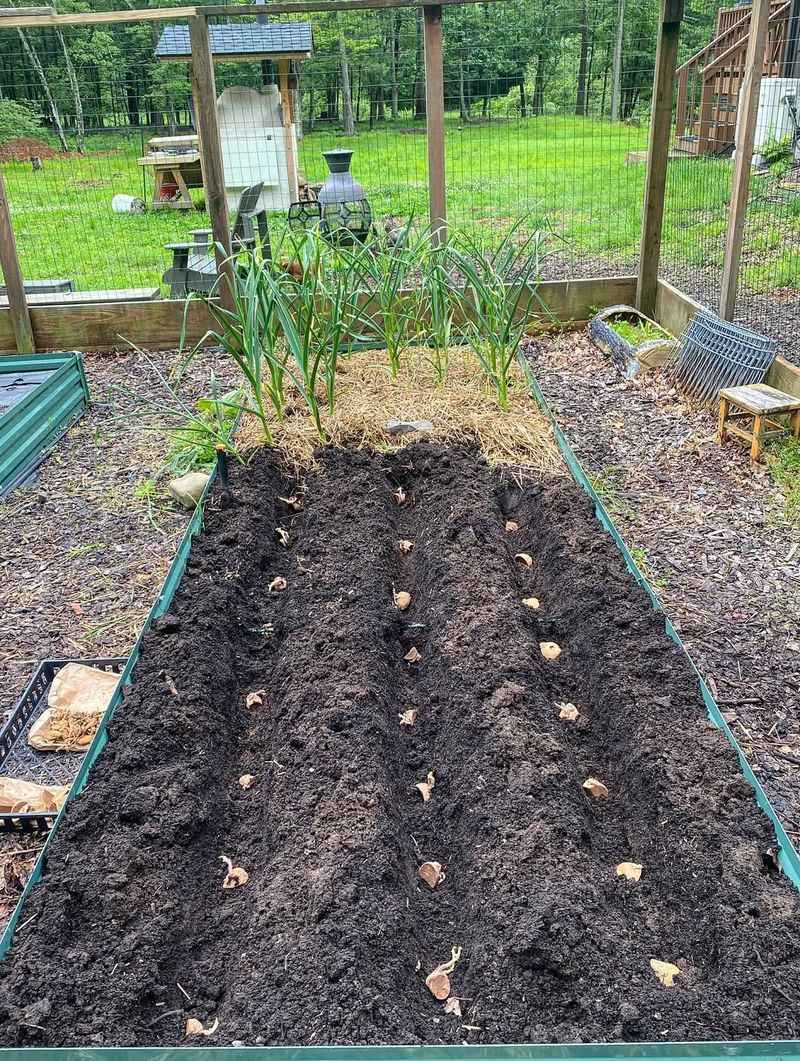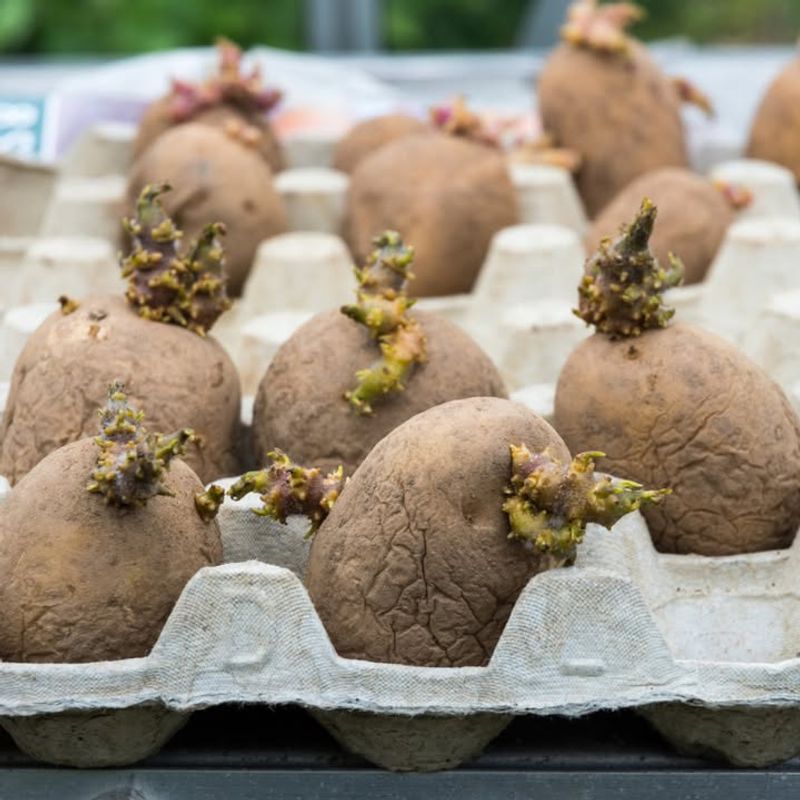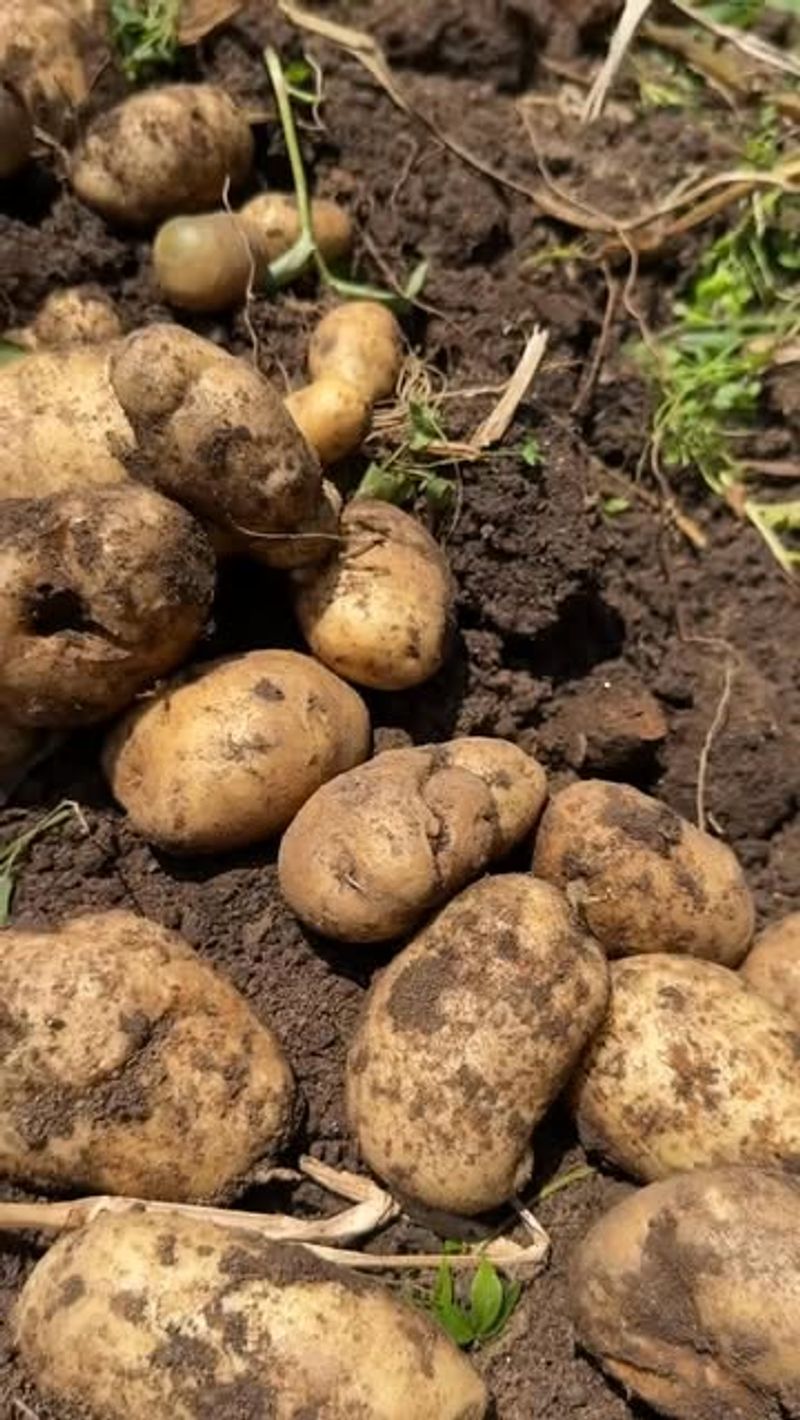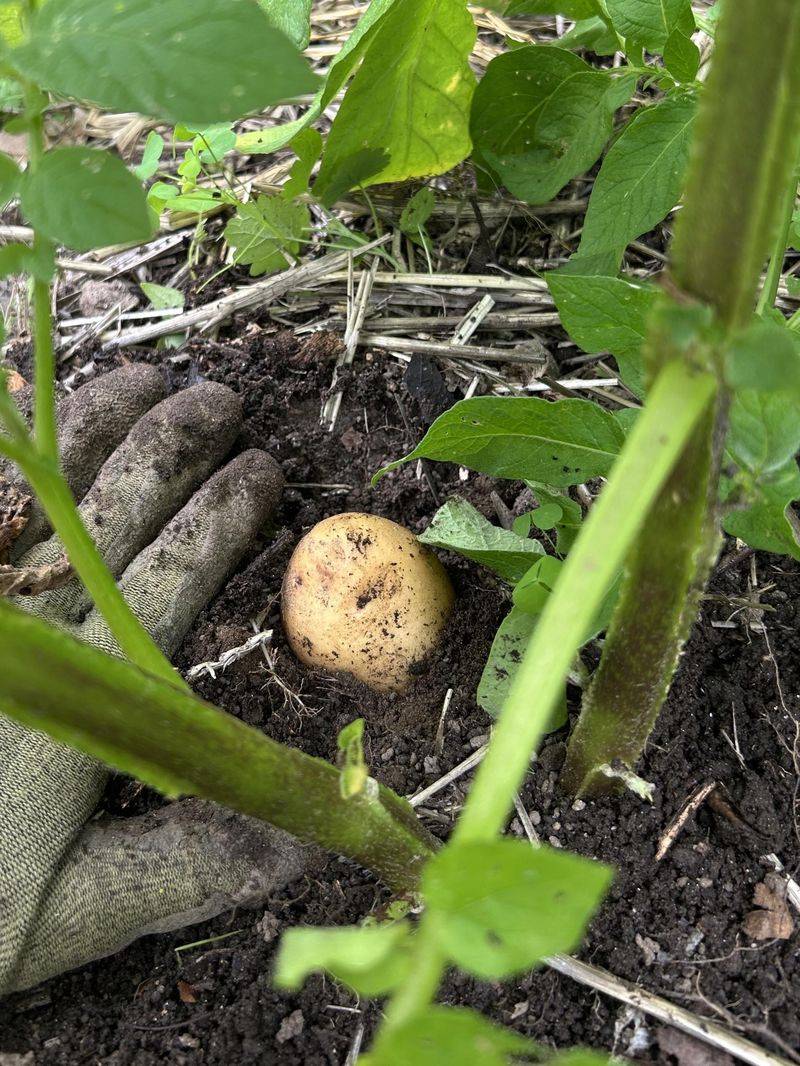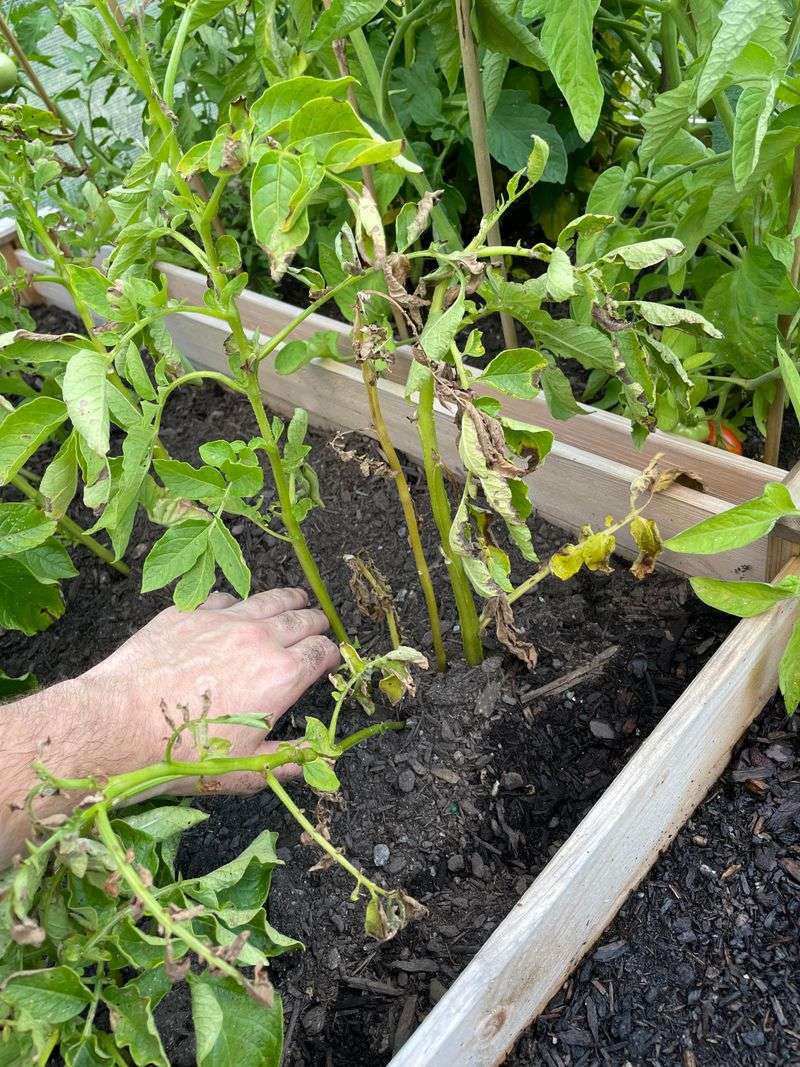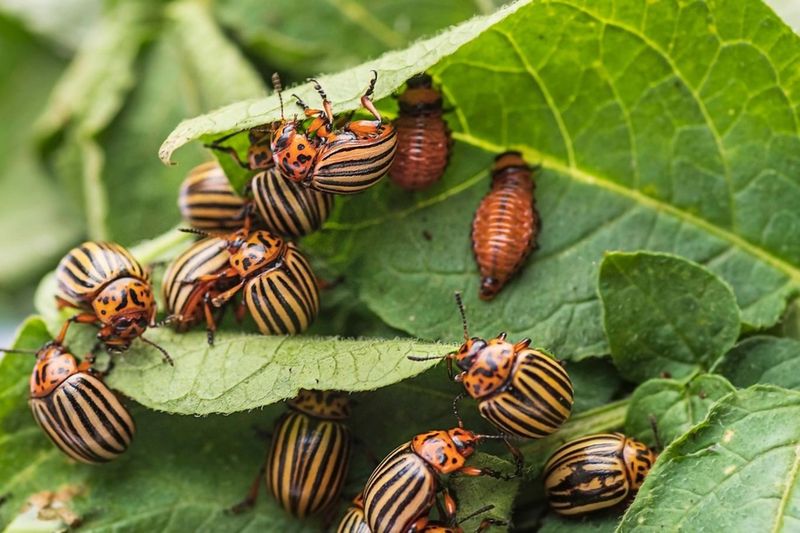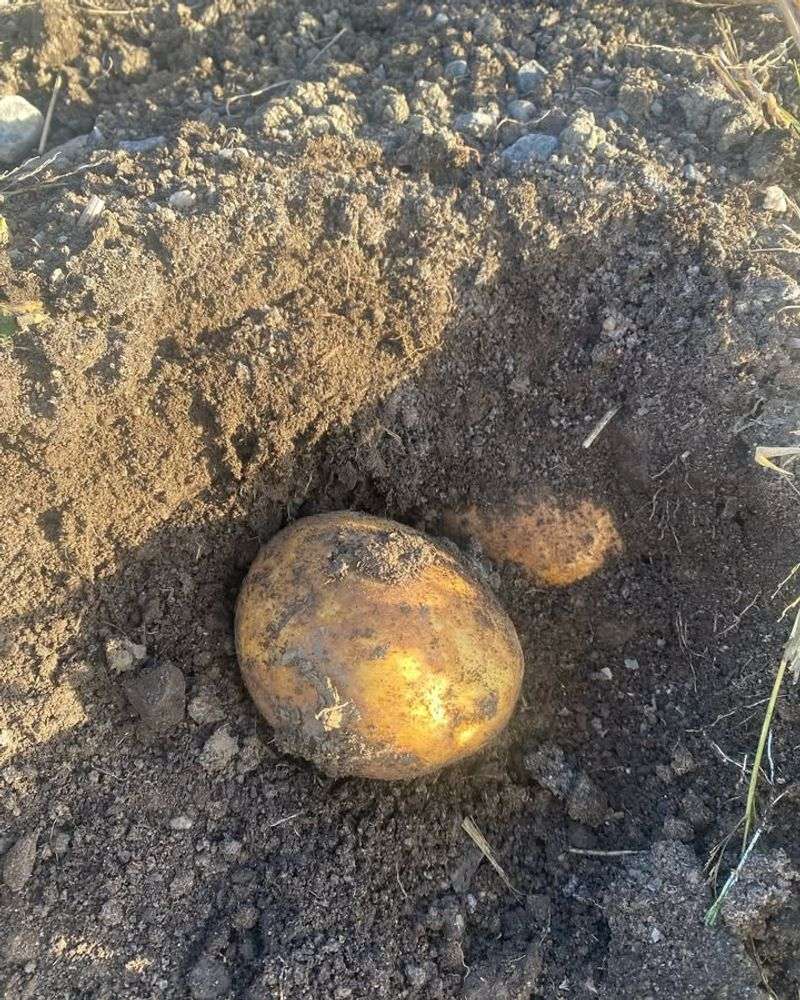Maine’s cooler weather gives fall gardeners a chance to extend their harvest season. Potatoes are perfect for this, but they need a little special care to thrive.
These 8 tips will help you get the best results before frost arrives. Try them and enjoy a late-season potato bounty in Maine.
1. Choose Cold-Hardy Varieties
Red Norland and Yukon Gold varieties handle Maine’s autumn temperatures beautifully. These tough spuds mature quickly enough to beat early frosts that sweep through New England.
For Maine gardens, aim for varieties with 70-90 day maturity cycles. Russian Banana fingerlings also perform surprisingly well when planted for fall harvest in the Pine Tree State.
2. Time Your Planting Perfectly
Count backward from your area’s first frost date, typically mid-October in most Maine regions. Plant your potatoes 12-14 weeks before then, usually late July to early August.
Mainers in coastal areas might squeeze in plantings until mid-August. Remember that potatoes need enough warm days to establish before temperatures drop, but shouldn’t mature during the hottest summer weeks.
3. Prepare Soil Thoroughly
Loosen Maine’s sometimes rocky soil to at least 12 inches deep, removing stones that cause misshapen tubers. Add aged compost to improve drainage in clay-heavy soils common in parts of the state.
Avoid fresh manure which can cause scab. Maine’s naturally acidic soil works in your favor since potatoes prefer pH 5.0-6.0. Consider adding sulfur if your garden soil tests above this range.
4. Plant Deeper Than Spring Potatoes
Fall plantings benefit from deeper trenches—about 8 inches down in Maine gardens. This protects developing tubers from temperature fluctuations common during autumn in New England.
Space seed potatoes 12 inches apart with eyes facing upward. Maine gardeners find success covering with just 4 inches of soil initially, then gradually mounding as plants grow to protect from early frost.
5. Mulch Heavily For Protection
Straw mulch is perfect for fall potatoes in Maine, insulating soil from temperature swings. Apply a 4-inch layer after plants emerge, keeping it away from stems to prevent rot.
Maine gardeners often use pine needles as an alternative mulch that adds acidity. The mulch layer helps retain consistent soil moisture and suppresses weeds while protecting tubers from early light frosts.
6. Water Strategically
Fall potato plantings in Maine need consistent moisture—about 1-2 inches weekly including rainfall. Taper off as temperatures drop and plants begin to yellow, typically by late September in most parts of the state.
Morning watering allows foliage to dry before cool nights. Many successful Maine potato growers use soaker hoses to deliver water directly to roots while keeping leaves dry to prevent fungal issues common in fall’s higher humidity.
7. Monitor For Pests Vigilantly
Colorado potato beetles remain active in Maine through early fall. Check leaf undersides weekly and remove any eggs or larvae by hand. Yellow sticky traps help monitor adult beetles.
Maine’s cool fall conditions naturally reduce aphid populations, but watch for late-season leafhoppers. Row covers can protect plants while still allowing light and rain through, especially useful in organic Maine gardens.
8. Harvest Before Ground Freezes
Maine’s first hard freeze usually arrives by late October. Dig potatoes when tops die back naturally or after light frost kills the foliage but before ground freezes solid.
Allow harvested tubers to cure in a cool, dark place around 50-60°F for two weeks. Many Maine gardeners use unheated garages or root cellars. Properly cured fall potatoes often store better than spring-planted ones throughout Maine’s long winter.

